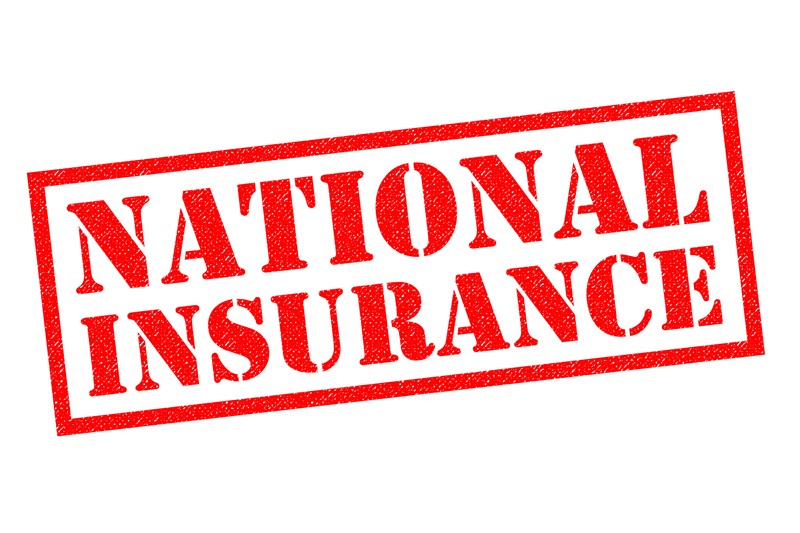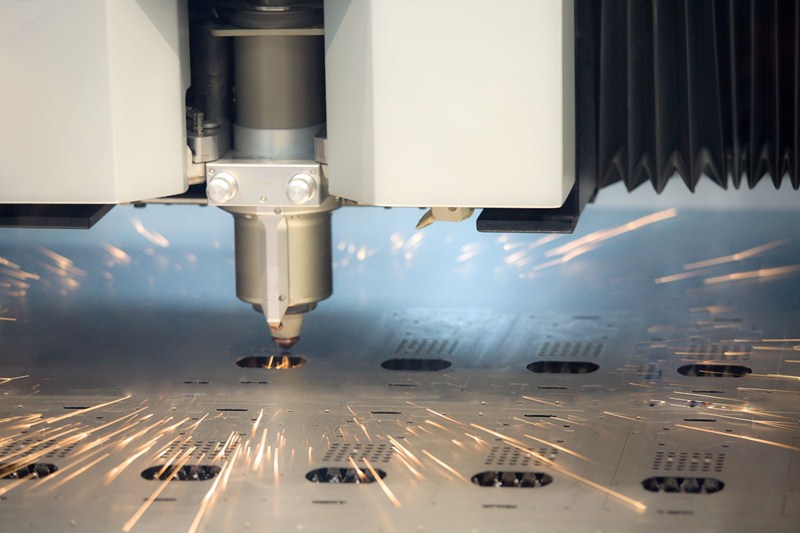A business that incurs expenditure on taxable and exempt business activities is partially exempt for VAT purposes. This means that the business is required to make an apportionment between the activities using a 'partial exemption method' in order to calculate how much input tax is recoverable.
HMRC’s guidance explains that as a VAT-registered business, you can recover the VAT on your purchases which relate to taxable supplies that you make or intend to make. There are some items where input tax recovery is ‘blocked’. Supplies that are made outside the UK that would be taxable if in the UK and certain exempt supplies to non-UK customers also give the right to recover VAT, but there are special rules. In principle, you cannot recover VAT that relates to any exempt supplies, although you may be able to if the VAT is below certain limits.
There are a number of partial exemption methods available. The standard method of recovering any remaining input tax is to apply the ratio of the value of taxable supplies to total supplies, subject to the exclusion of certain items which could prove distortive. The standard method is automatically overridden where it produces a result that differs substantially from one based on the actual use of inputs. It is possible to agree a special method with HMRC. The VAT incurred on exempt supplies can be recovered subject to two parallel de-minimis limits.












